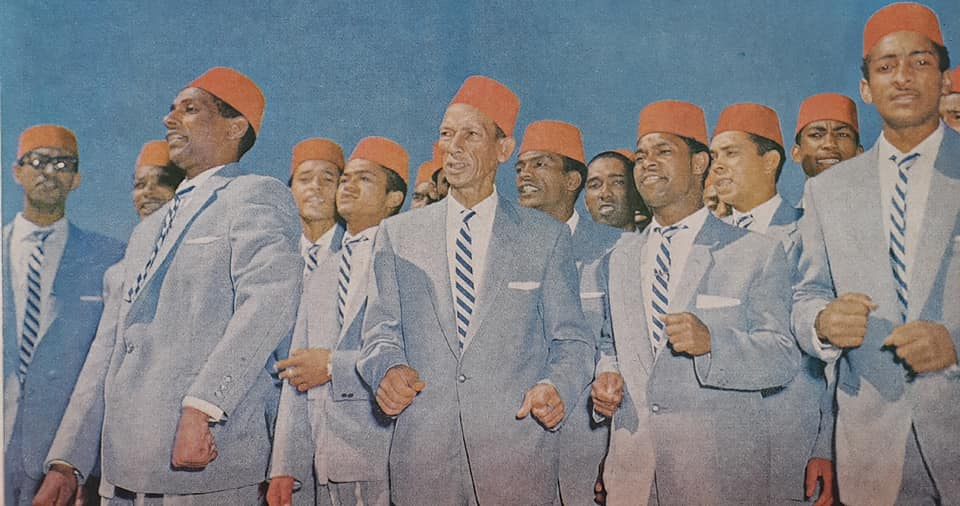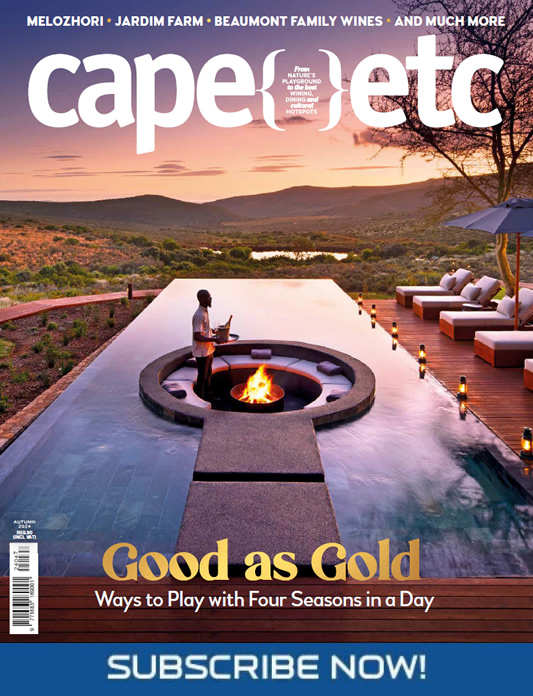The Cape Town Minstrel Festival, known by locals as Tweede Nuwe Jaar, is a parade that takes place every year on January 2 in celebration of the new year. Cape Minstrels (or Kaapse Klopse) dress up in elaborately extravagant attire, paint their faces and march through the streets singing, dancing to the ghoema (drum), and playing their instruments.
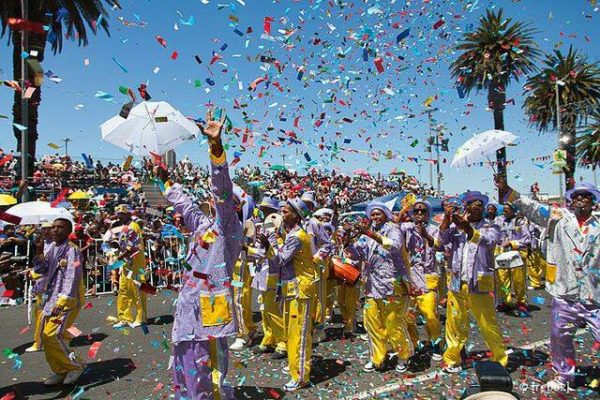
Being one of the longest-standing traditions in the Cape, the Minstrels are considered to be an integral part of Cape Town culture and history. Today, the tradition is contentious. Some see the parade as a reclamation of culture, an honouring of their ancestors, and a symbol of how far South Africa has come. Others see it as a flagrant disregard of the true history of their people – an unnecessary reminder of the atrocities suffered in the Cape, and as an inappropriate way to celebrate South Africa and the people of its past.
There is a reason the parade is so controversial. The tradition of the Cape Minstrels can be traced back to the early years of colonisation and slavery in the Cape. Slavery in the Cape dates back to 1652, when the first members of the Dutch East India Company settled. Slaves were brought from all over, including Mozambique, West and Central Africa, Bengal, Malabar, Coromandel, Ceylon and Indonesia.
When the Dutch settled, they brought their traditions with them. Twelfth Night was a very popular festival in the Netherlands – usually celebrated on January 5 or 6 and was a celebration of the Magi who allegedly visited Jesus Christ at his birth-place. Many variations of the aspects of this celebration, such as serenading people going from house to house while carrying lanterns, can be seen in New Year’s celebrations here.
The Dutch first incorporated the slaves into this occasion in 1674. The governor, Isbrand Broke, requested the slaves be part of the celebration on January 1. He allowed them to stop working for the day in order to participate. It is reported that street parades were part of these celebrations. Until the mid-1800’s, this was an annual occasion.
As time passed, slaves developed connections and networks despite the colonisers’ attempts to prevent the development of a collective consciousness. It is said that the slaves relished in dancing and singing; it was one of the mechanisms they used to cope with the dehumanisation and oppression they were forced to experience. With this came the invention of the ghoemaliedjie (ghoema song). The song was sung partly in Malay and partly in Dutch and is said to be done in satire of the ‘masters’.
In 1834 slavery was abolished although liberated slaves were required to complete an ‘apprenticeship’ ending in 1838. The purpose of the apprenticeship was to facilitate their ‘transition’ into society. Thereafter, the celebrations on January 1 and 2, which included street parades by former slaves, were seen as a celebration of their new ‘freedom’.
Towards the late 1800’s, this tradition was influenced by American minstrels who visited Cape Town. These minstrels dressed in “blackface” as an impersonation of the slaves in America. They sang and danced to the banjo and violin and wore colourful clothing too. These minstrels were referred to as “coons” (a racist expression for Black people) as they mocked the U.S slaves by performing as caricatures of them. This is where the term “The Coons” originates from.
In 1907 the first formal carnival took place at Green Point Track. This only lasted until 1909. In 1920 the carnival was reinstated, and in 1921 a rival carnival started in Newlands. From here, we began to see competitions between minstrels.
During Apartheid, the klopse were no longer allowed to compete where they usually did as a result of the Group Areas Act of 1951 which prohibited them from being in certain areas. The competition was pushed away and directed to Athlone Stadium, where it is still held today. For celebrations they continued their festivities in District Six, where many of the participants resided. Here, the klopse and the nagtroepe otherwise known as Malay Choirs (the two groups must be distinguished from each other) performed and socialised in the streets.
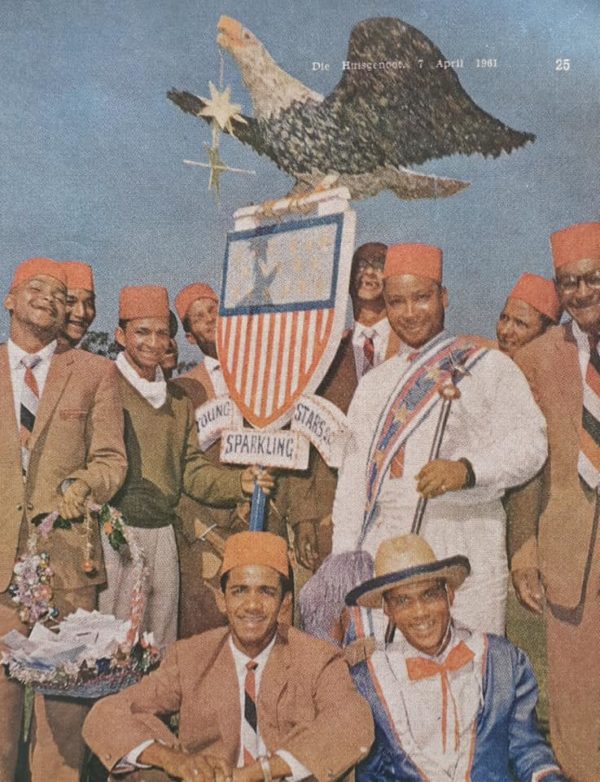
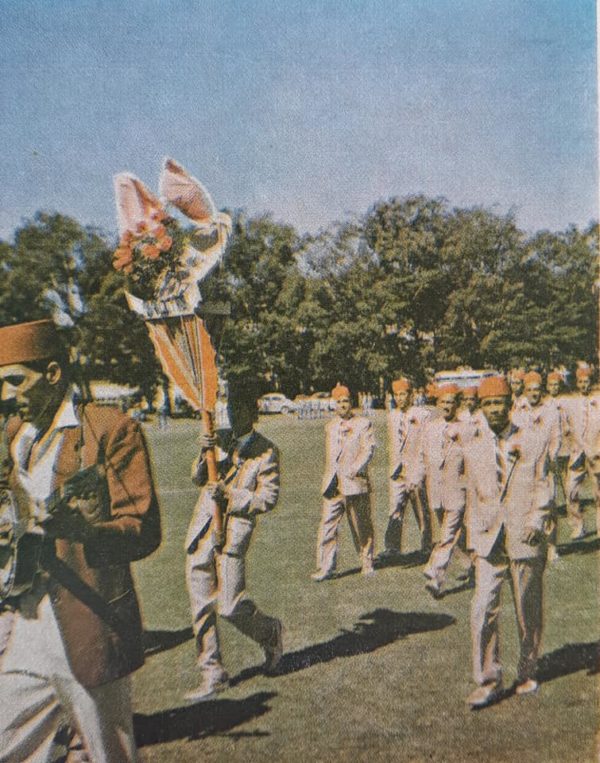
During the Apartheid era the costumes changed slightly, becoming more standardised in order to make them more affordable and brass bands were soon preferred instead of strings. The presence of the klopse deteriorated over the apartheid years as the government made it more and more difficult for them to continue their tradition. In 1977, the marches were banned. They were unbanned in 1989.
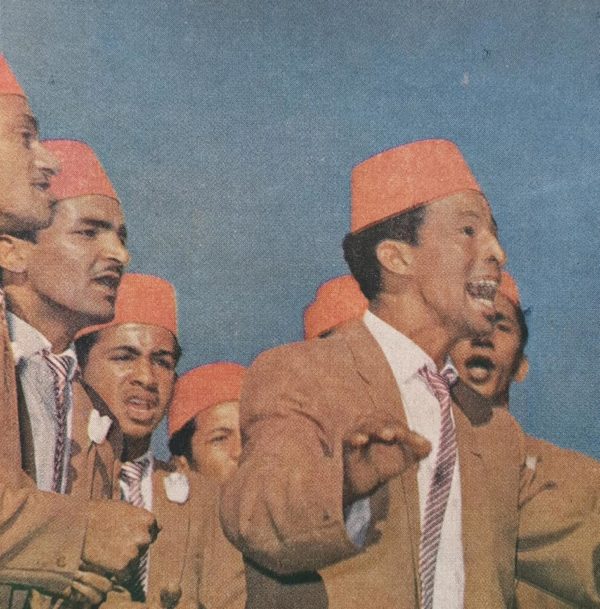
After apartheid, the klopse and nagtroepe were seen as an important part of the identity and heritage of Coloured people. While the parade is a celebration, it is also a reminder of the enslavement of an entire people.
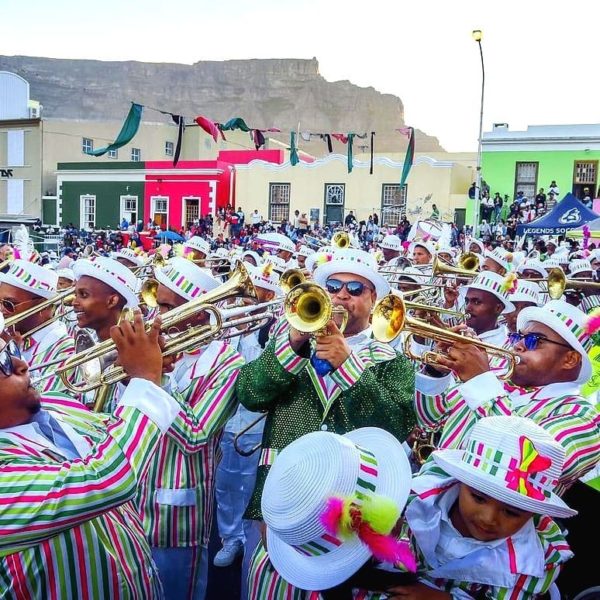
***It is important to note that the Cape Minstrels (otherwise known as the klopse) and the Malay Choirs are not the same thing.
A few of the images above are showcasing Malay Choirs. They were used because, as stated in the article, apartheid had forced the minstrels to find new places to celebrate and hold their festivities. They found their way to District 6 where they mingled with the Malay Choirs. “For celebrations they continued their festivities in District Six, where many of the participants resided. Here, the klopse and the nagtroepe otherwise known as Malay Choirs (the two groups must be distinguished from each other) performed and socialised in the streets. ”
The two groups, who are completely distinguished from each other, managed to preserve their love for music. According to SA History, “Malay choirs as well as Coons rehearsed and performed in the streets while also influencing the Cape Town Jazz subculture, which developed after World War Two, through the incorporation of the ghoema beat into jazz music. So while there were attempts at interrupting the development of a culture specific to the coloured people of Cape Town, it continued to develop within the boundaries they were forced and limited to exist in.”
Sources:
– Baxter , L. 1996. History, identity and meaning: Cape Town’s Coon Carnival in the 1960’s and 1970s. Thesis submitted to the University of Cape Town, for the Degree of Master of Arts.
– https://www.citysightseeing.co.za/en/cape-town/the-history-of-the-cape-town-minstrel-carnival
– https://theculturetrip.com/africa/south-africa/articles/history-cape-town-minstrel-festival/
– https://www.sahistory.org.za/article/cape-minstrels-origins-and-evolution-tweede-nuwe-jaar-second-new-year-cape
Picture: Facebook / Cape Town – Down Memory Lane




